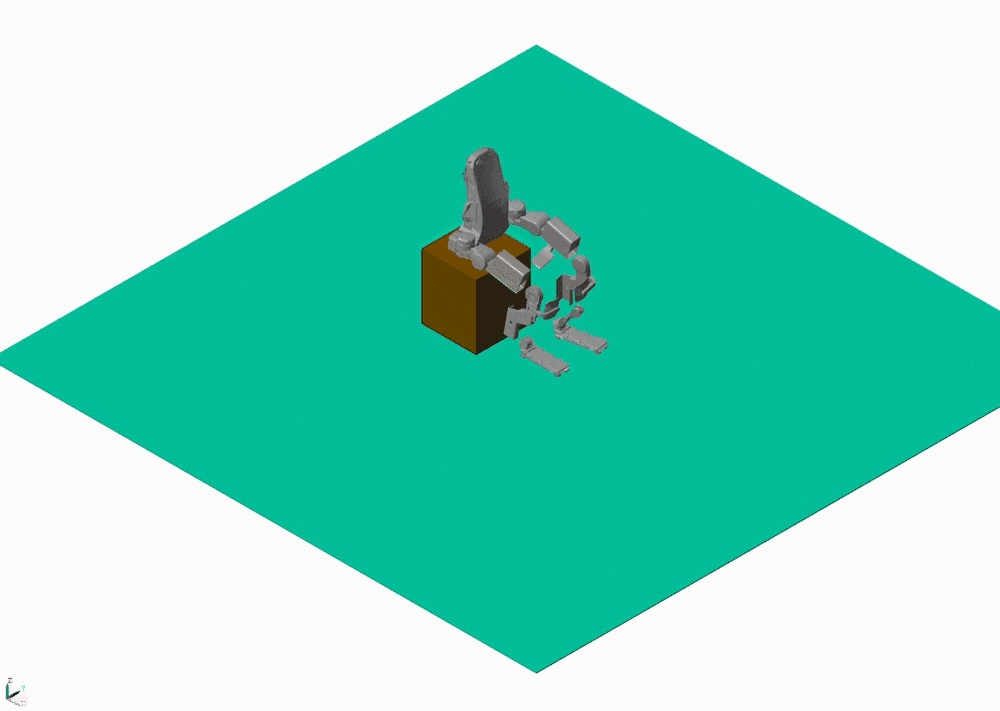Taking an exoskeleton from ‘ready, set’ to go
March 5, 2021

An exoskeleton user can now go from sitting to standing safely and without assistance based on the work of University of Michigan researchers, who developed a new approach to create and test solutions to such problems virtually.
“We now have a way to systematically design control objectives for highly constrained systems such that the objectives are not in conflict with the contact constraints,” said Eva Mungai, a PhD candidate in Mechanical Engineering.
The paper, “Feedback Control Design for Robust Comfortable Sit-to-Stand Motions of 3D Lower-Limb Exoskeletons,” is published in IEEE Access.
Similar research on the sit-to-stand activity is often done with a simplified model due to the complexity that three dimensions introduces. That work focuses on the sagittal plane, the X-axis of the sit-to-stand problem, while Mungai’s work incorporates sagittal, frontal, and transverse planes, or X, Y, and Z-axes.
Continue reading ⇒